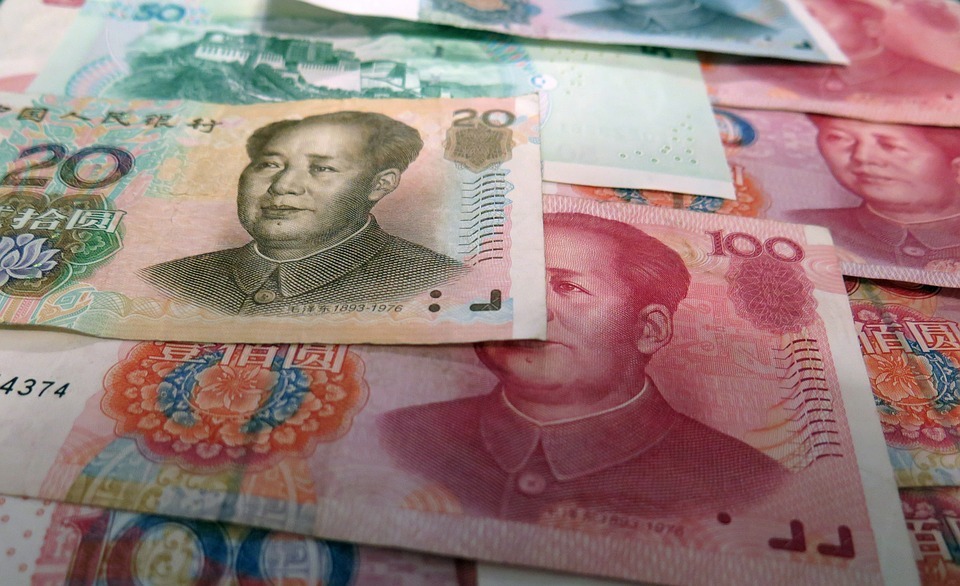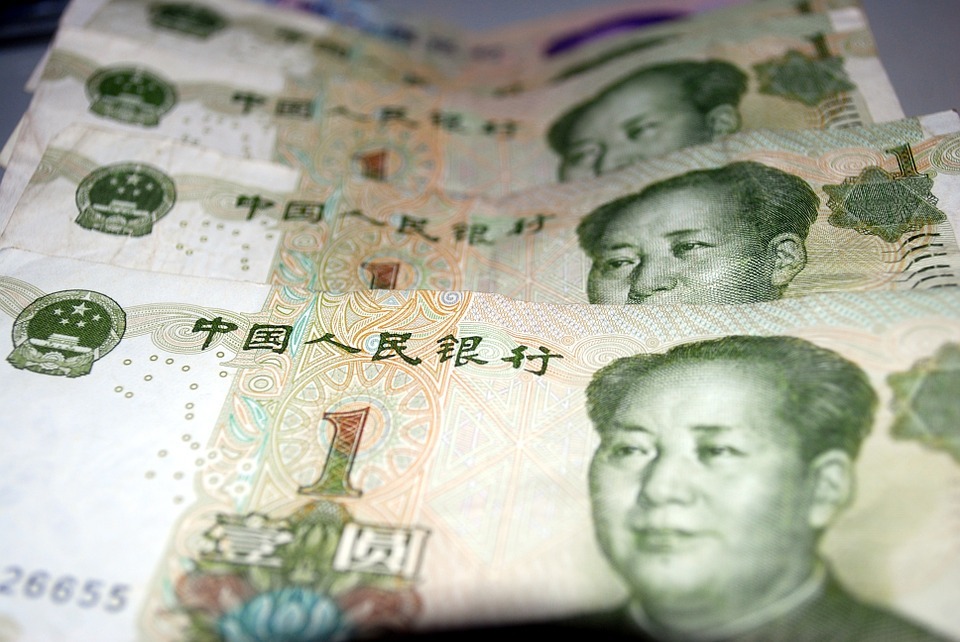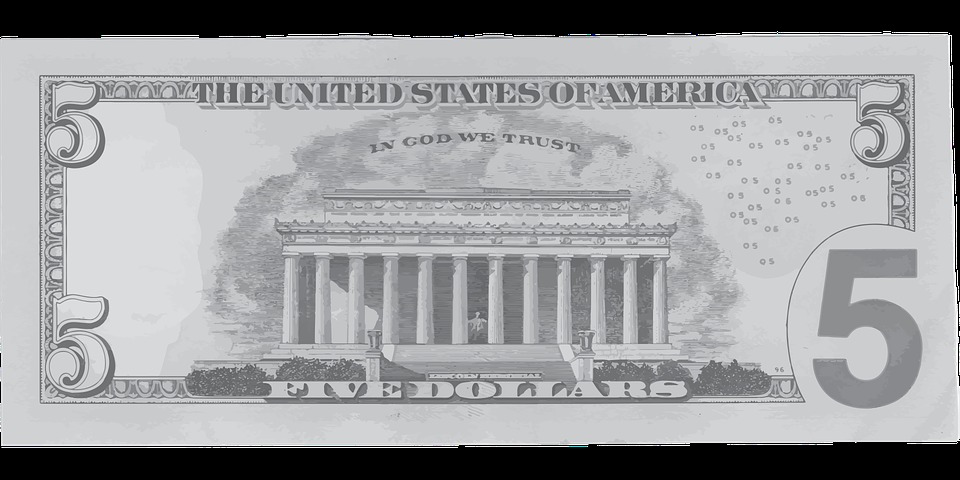China and the Rest of the World: FX Trading Implications
As the second largest economy by nominal GDP, China plays a critical role in financial markets. Also called the world’s manufacturer, what happens with the Chinese economy matters for traders around the world.
Despite the fact that the Chinese Yuan isn’t a free-floating currency, the Chinese economy or the way it performs has substantial implications on the Forex dashboard as well.
With growing rates over ten percent per year for the last thirty years, the Chinese economy has enjoyed unparalleled expansion in the previous decades. The ruling Communist Party opened the country to foreign investment, making leading companies around the world invest in the country’s vast potential.
It is no wonder as the potential market is so vast that no efforts seem too big to be present on the Chinese market. However, it bears risks due to cultural differences and the relatively unstable economic conditions.
With inflation of a little over two percent by the latest calculations, China strives to raise out of poverty as many people as possible every year. While it made fantastic progress over the years, still over eleven percent of its population lives with less than $3.1/day.
Yet, because of its size, the Chinese economy can cause big shifts in the world’s economy. In Forex trading too, China is the cause of extreme volatility.
Chinese Equity Markets
With its recent opening to the world, the simple way of investing in the Chinese economy is via direct purchases on the stock market.
However, like explained in previous articles on this Trading Academy, the global stock exchanges enjoy a high correlation degree based on the way the current financial system works.
As such, a rout on U.S. equity markets will most likely affect the Chinese equity markets too. The inverse relationship is true as well: when the main Chinese stock exchanges, (Shanghai and Shenzhen) suffer, they send a negative vibe across exchanges around the world.

In Forex trading, this translates with traders looking for a shelter or safe haven. As such, traders will buy the CHF and the JPY, most notably the JPY.
Few are aware, but about two percent of the Chinese GDP growth comes from…financial services. For a country known for its manufacturing output, expect the size of financial services in the overall Chinese GDP to increase exponentially in the years to come.
Explaining the China and Australia Relationship
The primary Chinese industries are mining (ore processing, aluminum, iron, coal), machine building, textiles, etc. For most of them, it depends on raw materials it imports from other parts of the world.
Australia is one of the biggest commercial partners for China. Annually, over thirty percent of its goods reach Chinese shores.
For this reason, the way the Chinese economy performs influences the Australian economy and the value of its currency, the Australian Dollar.
Therefore, anyone trading the Australian Dollar must keep an eye on the Chinese economy and the way it performs. However, there’s a problem in doing so.
Data is hard to be trusted. As it is government owned and made, there’s a big debate whether it is accurate or not.
Official numbers don’t reflect the reality, though. International watchdogs calculate the Chinese data on their own, using various channels, and then commercialize the data to financial companies interested in knowing the truth about the Chinese economic data.
Other than that, the economic releases to watch are the same like in any economy: inflation, retail sales, the Gross Domestic Product, unemployment rate, and so on.
Another problem is that most of the Chinese economic data are released over the weekend. For this reason, it causes many gaps on the Australian Dollar pairs on the Monday’s Forex trade opening.
The logic goes like this: if the Chinese economy doesn’t perform well, it will order less Australian goods (raw materials, etc.). Hence, the Australian economy will underperform as well, so traders send the AUD lower immediately.
The Chinese Yuan
The Yuan (CNY) is held in a floating system against the USD. Recently, in a move that shocked many, China revalued the Yuan against the dollar by about two percent.

Since then, it lets the Yuan float in a corridor of up to half a percent a day. In other words, no matter the day, the Yuan (a.k.a. renminbi) can’t rise or fall more than half a percent against the dollar.
It is the way PBOC (People’s Bank of China – Chinese central bank) chose to control the imbalances between the outflows and inflows that pour into the Chinese economy. For this reason, the Yuan doesn’t present interest in today’s Forex trading, at least not for a short-term speculation perspective.
However, as an investment, the Yuan is part of many portfolios that choose to diversify away from the classic free-floating currencies. Most notably, the IMF (International Monetary Fund).
For all its limitations, at the end of 2013, the Yuan was the 8th most traded currency in the world. And, as a sign of recognizing the Chinese economic performance as well as the tremendous progress in all areas, the IMF added the Yuan to the SDR (Special Drawing Rights) basket.

PBOC’s Interest Rate Decisions
The PBOC is one of the most secretive central banks in the world. Its monetary policy changes and announcements don’t follow a typical schedule like other central banks in the world.
Instead, you’ll see a simple announcement that the PBOC hiked or cut the interest rate level on the Yuan. Or, that it embarked on an easing or tightening process. Or, that it artificially devalued the Yuan by a few percentages as it did in 2015 as the Chinese economy slowed down.
The PBOC, like many other central banks in the world, keep most of their reserves in hard-core assets, like gold. Recent years saw the bank increasing its gold purchases, although no one knows for sure how much gold the Chinese own and the rate at which they’re buying.
With the world’s reserve currency being the U.S. Dollar, the PBOC is a main buyer and holder of it. It buys U.S. Treasuries from the American Government (as good as cash unless the U.S. defaults on its debt), thus being a major contributor to funding the U.S. deficit.
Hence, it is complicated to upset China with the Fed’s monetary policies, or with trade politics as the recent U.S. administration threatens. Just by stopping the purchasing of Treasuries, China has the power to create a lot of economic unrest in the world’s largest economy.

Conclusion
As it may have become obvious, this article aims to point out what China stands for in the world’s economy and how its actions affect Forex trading.
Because of its size and policies, it remains a big unknown into the future, with many economists predicting a great success story for both the Chinese economy and the Yuan.
If that’s going to be the case, it remains to be seen. What we do know for sure is that when the Chinese economy catches a cold, the entire world sneezes.
Before a major shift in monetary policies, central banks around the world check first what happens with the Chinese economy, for the green light on their own policies. It tells much about the importance of Forex trading and the way China affects the world’s policies.


